Welcome to Natural Wonders, where we celebrate the weirdness and beauty of nature! I apologize for being a week late with this issue - family health issues that are, thankfully, all better now. During this holiday season, which is both joyful and hectic, be sure to take some time for yourself by getting outside to enjoy the healing aspects of the outdoors…
Earlier this summer I visited a local park pavilion to speak with a group of folks about trees. It was the first (and so far, only) time I’ve spoken to a group as the “writer” of this Natural Wonders newsletter, and I made sure to clarify to everyone that I don’t consider myself an expert, but simply a consistently curious person who finally has the time to dig up answers to my own weird questions.
Fortunately, these folks were also perennially curious, and so we talked about how trees grow and support one another and breath through tiny “mouths” on the undersides of their leaves called stomata:
That’s when someone asked a question that I’d never considered before: if we humans rely so much on trees for the air we breath (a single tree produces 260 pounds of oxygen each year), then what happens in wintertime? Is there less oxygen to breathe when the leaves of most of the trees have fallen off? Why don’t we suffocate, or at least find it harder to breathe in winter?
My first thought was, Well of course we still have plenty of oxygen in the winter! But then I looked around at the hundreds of trees within my line of sight, the thousands of trees, millions of trees in the National Forest over the hill, and I realized – the winter leaf fall is a monumental event in the life of a forest. The entire collective organism goes dormant, chlorophyll production shuts down, sap stops running, and only the evergreens remain. Sure, we have grass and bushes in many urban areas, but most of our oxygen-producing greenery is gone for months at a time. Where DO we get our oxygen during that time?
Is there less oxygen when the leaves fall off the trees?
First of all, a quick refresher on how trees work: trees (and other green plants) make their own food by using the chlorophyll in their leaves to absorb sunlight and combine it with the carbon dioxide they let in through the tiny stomata on the undersides of their leaves. This process is called photosynthesis and produces sugars for the trees while releasing oxygen for our own consumption. When you breathe deeply in a forest, you’re breathing in oxygen freshly produced by the green giants around you, along with phytoncides that have antibiotic properties and are proven to boost human immune systems. When you breathe back out, the carbon dioxide you exhale rises up and is captured by the grateful trees to be processed again.
At least, that’s what happens when leaves are on the trees.
When the leaves are gone, it turns out there IS less oxygen in the air! Without the leafy trees to clear the atmosphere, levels of carbon dioxide rise over the winter months as leaves and soil decay. We know this is because on the north flank of the Mauna Loa volcano, peeking its head above the clouds at an elevation of 11,135 feet, sits the Mauna Loa Observatory. Because of its extreme height and a temperature inversion that causes pollution to remain at lower elevations, the observatory is a perfect place for sampling atmospheric carbon dioxide as a way to track global warming trends. Their tracking since the 1950s has shown a consistent upward climb in CO2 levels:
But a fascinating detail is evident in the yearly data. While the overall trend is upward, there are consistent seasonal fluctuations. Each year the CO2 levels increase during the fall, winter, and early spring and then take a sharp dive once the trees leaf out. That’s when the trees nearby begin “breathing” by absorbing the carbon dioxide and producing oxygen.
There literally is less oxygen (and more carbon dioxide) in the air when trees shut down for the winter!
Weirdly, winter isn’t the only time trees shut down their oxygen production – they actually don’t photosynthesize at night, either! Makes sense, right? No sunlight, no oxygen. At night, as they “sleep,” trees breathe through their roots, which is why it’s important the soil around them is loose and loamy, not compacted tightly like the soil of hiking paths or parking lots.
Does that mean it’s harder to breathe during the winter (or at night) because there’s less oxygen?
Well, no, as you might have suspected from your own personal experience. Our Earthly weather systems allow air to flow easily from long distances away, bringing oxygen from non-dormant trees near the equator and the opposite hemisphere during winter. Fresh air literally arrives with the wind.
But it’s not just the weather that keeps us from suffocating during the winter – I discovered a surprising fact while researching this question: at least 50% of the oxygen we breathe (some say up to 80%) actually comes from the ocean! Most of it is produced by phytoplankton (the comings and goings of “blooms” of plankton are responsible for the wide range of estimation about how much oxygen they contribute to our planet):
Phytoplankton are microscopic marine algae that use chlorophyll and sunlight to photosynthesize their own food, just like trees. They are extremely tiny: one type, Prochlorococcus, is responsible for tons of oxygen in our atmosphere and is so small millions can fit inside a drop of water. Dr. Sylvia Earle, marine biologist extraordinaire, has estimated that one-fifth of the breaths we take are courtesy of Prochlorococcus.
So all year long, even when the trees are fully leafed out, half or more of our oxygen arrives on the wind from the sea. One more reason for us to be mindful of the health of the ocean – our lungs depend on it!
Detritus:
Diana Beresford-Kroeger wrote “To Speak for the Trees: My Life’s Journey from Ancient Celtic Wisdom to a Healing Vision of the Forest.” She says she has a simple plan to stop climate change in its tracks: every person on Earth plant one tree a year for the next six years.
Do houseplants really clean the air in your home? It’s common wisdom that certain plants clean pollution from the air and provide us clean oxygen, right? Hmmm, maybe not. It turns out the original study was oversimplified, and a 1500 square foot home would need 680 houseplants to successfully purify the air. At that point, it’s just better to open the windows and let the forest air in.
Our air is made up of 78% nitrogen, 21% oxygen, and 1% of other stuff – things like neon, hydrogen and carbon dioxide. Seen in that context, the amount of carbon dioxide in the air may seem trivial and you may wonder why scientists are making such a big deal out of it as a greenhouse gas. My friend Melanie at The Turnstone does a great job explaining why even rare greenhouse gases matter and how tiny amounts of these “other” gases make a difference in our atmosphere.
Weird Nature:

If you liked this issue, please click the “like” button below - it makes me happy and also raises the profile of this newsletter!

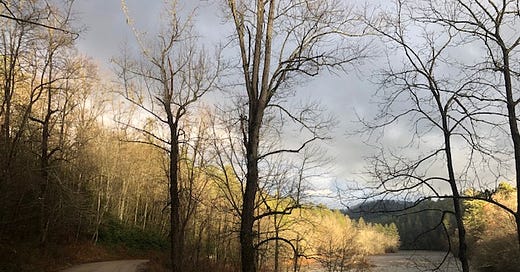



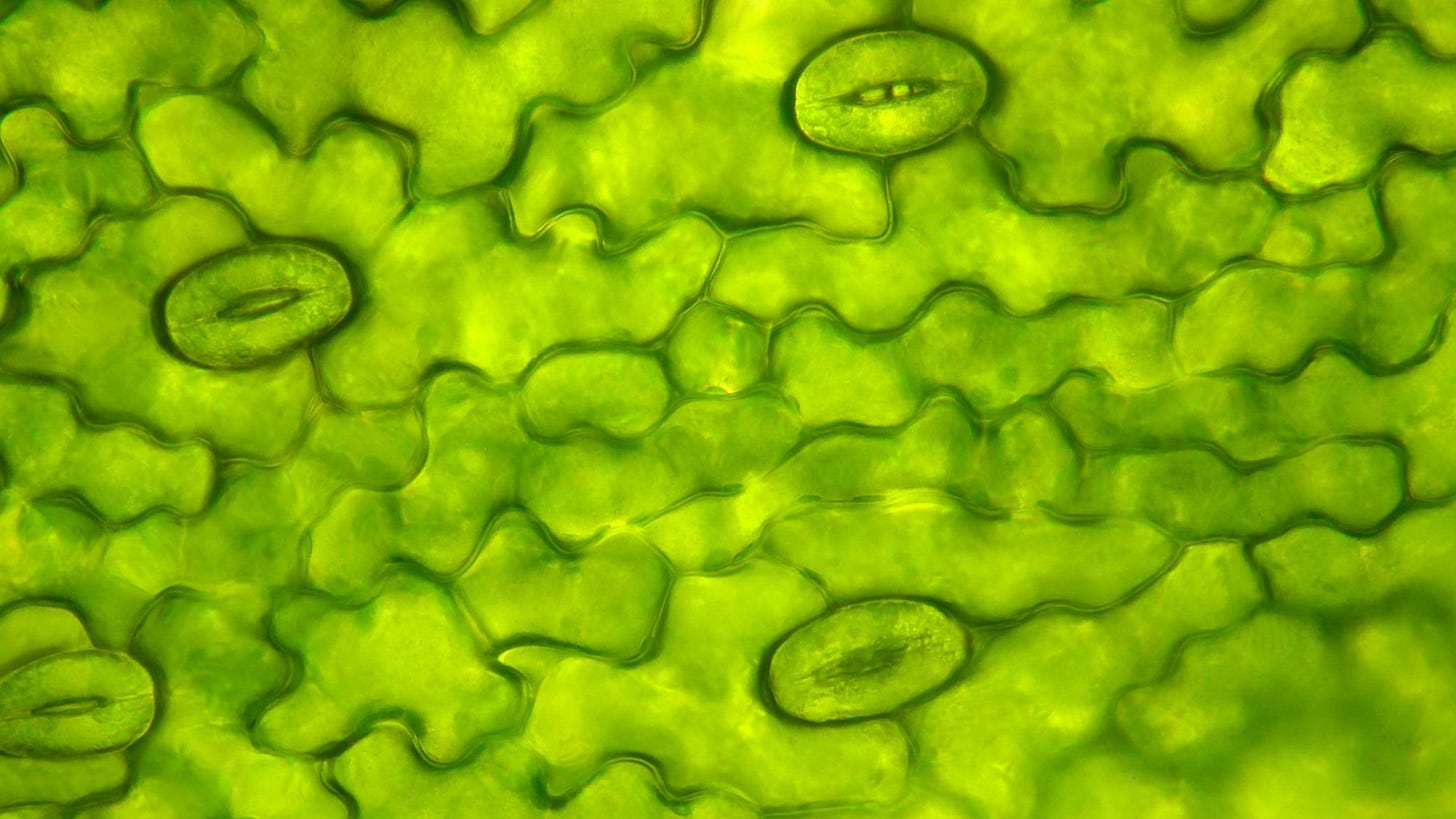
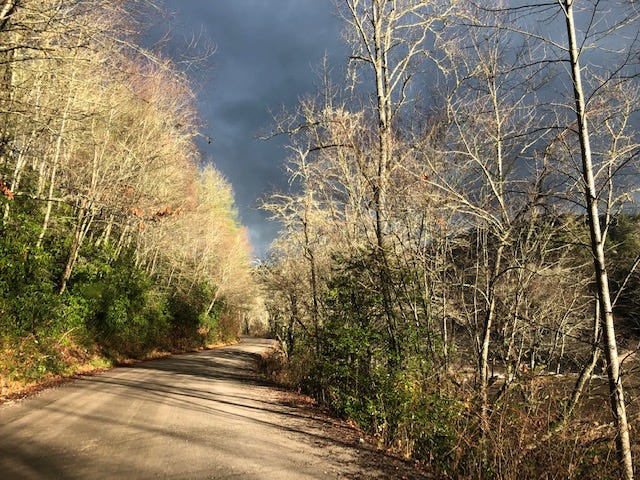

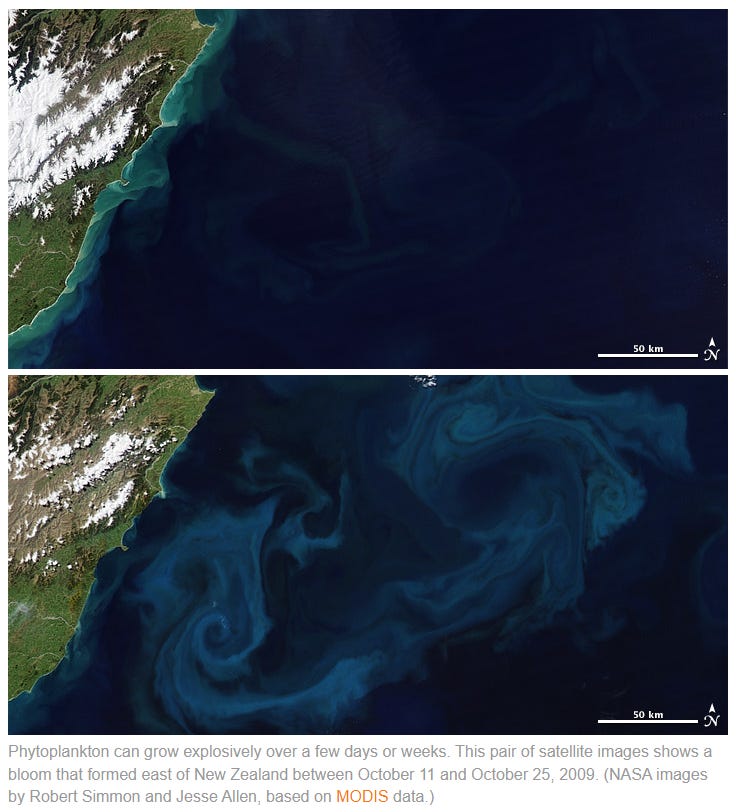
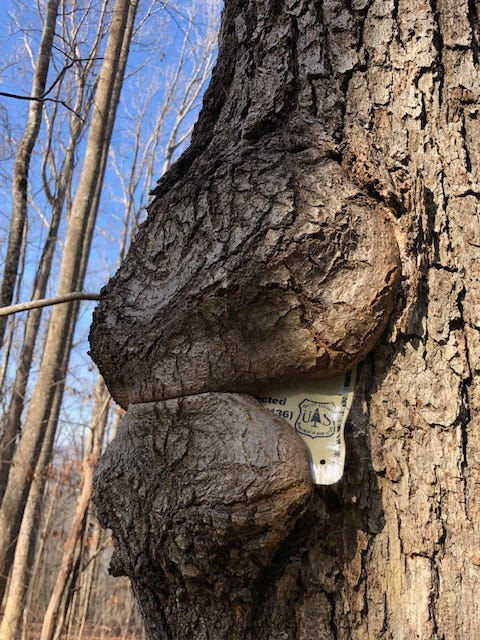
What a fabulous question you've unearthed here - and answered so well. This in particular made me blink:
>>"at least 50% of the oxygen we breathe (some say up to 80%) actually comes from the ocean!"
SAY WHAT? I had no idea about this thing. And I've been half-pondering doing a season of my newsletter about the air/atmosphere, and this is making me want to do it ten times more than before. YOU TROUBLEMAKER, YOU.
And referencing Barbara's good point in her comment: yes, it's about tree-planting AND protecting the carbon-rich old woodland that currently exists. Lots of reputable bodies saying this (eg. https://climate.mit.edu/ask-mit/how-many-new-trees-would-we-need-offset-our-carbon-emissions) That's the great challenge here, to do both alongside each other, really really well.
(And I'd love it if it happened because somehow the profit motive got detached from environmental concerns, where ecology-preserving stuff doesn't happen because it won't turn enough of a direct profit. That's far too narrow a way of thinking for the challenges facing the world right now. There's got to be a better, bigger way of reframing it all for capitalists.)
Love this! I had no idea. Really enjoying your newsletter and how much I learn from it.